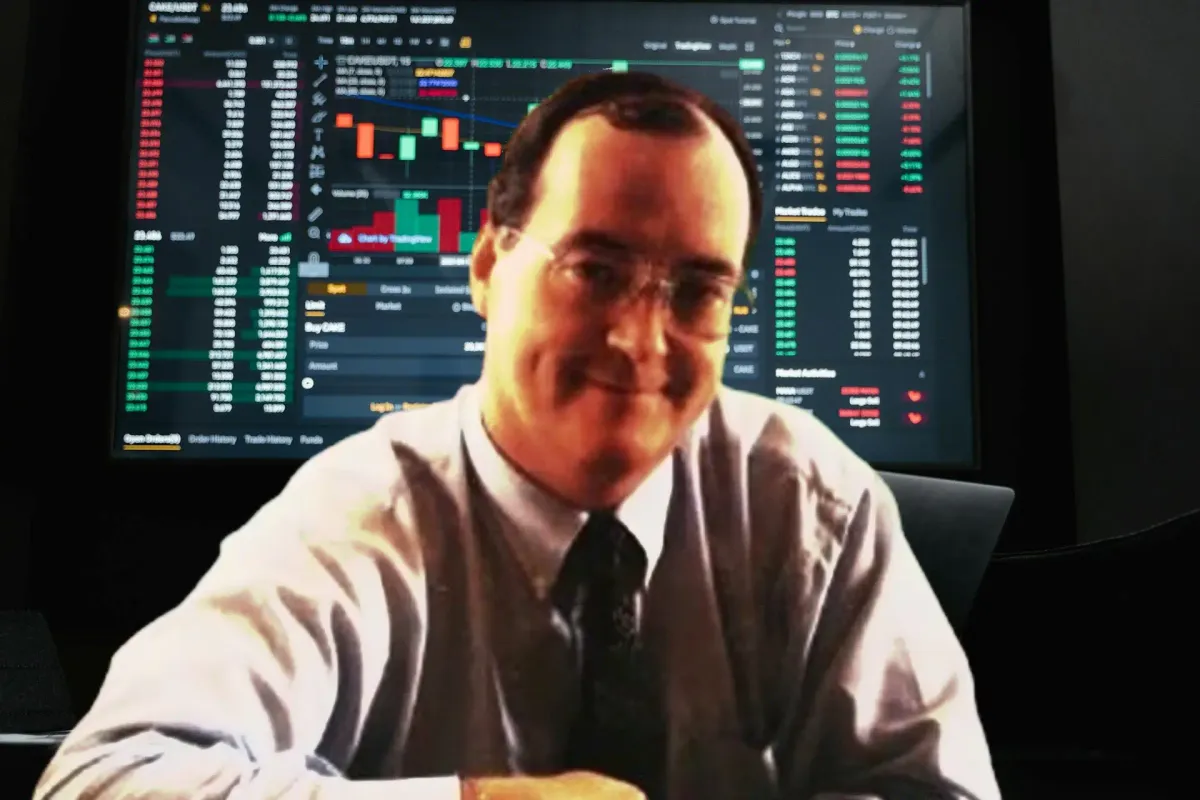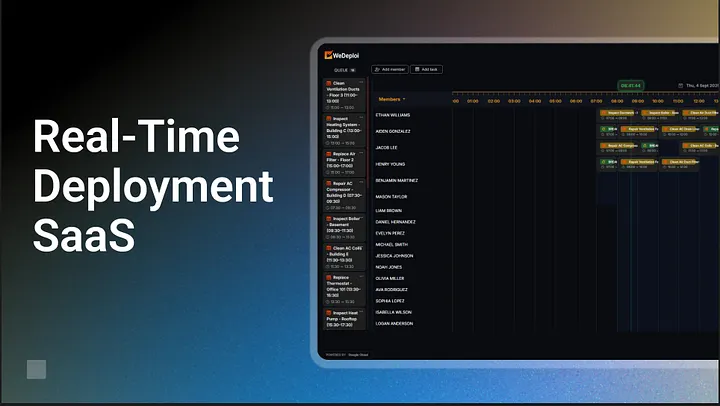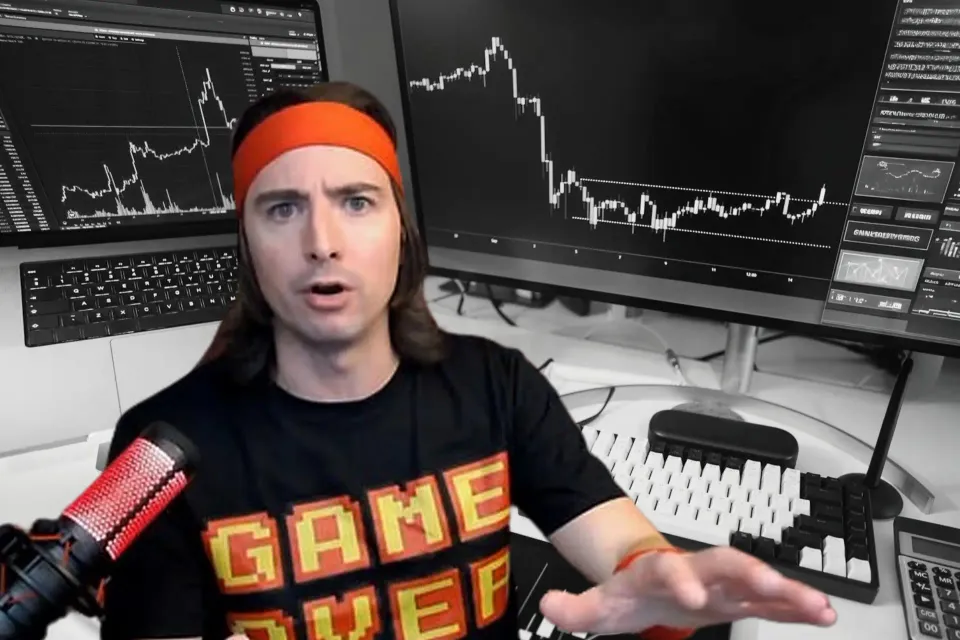How a 2-Week Experiment Produced $175M and Transformed Modern Trading
The system was comprehensive, covering every aspect of trading with objective rules.

"Turtle trader" refers to participants in a renowned 1980s experiment by commodities traders Richard Dennis and William Eckhardt, which aimed to prove that trading could be taught. The "Turtles," as the novice students were called, were taught a mechanical, trend-following system and given real money to trade, reportedly generating over $175 million in profits over five years.
The Experiment and Its Principles
Dennis, who had made a fortune on his own, believed anyone could learn to trade using a specific set of rules, while Eckhardt argued that successful trading was an innate skill. To settle the debate, they placed an ad in major financial newspapers, selected 23 individuals, and trained them for two weeks in a complete trading system. The core principles of the Turtle Trading system, many of which are detailed in Michael Covel's book The Complete TurtleTrader, emphasized discipline and a rule-based approach to eliminate emotion from decision-making.

sponsored by WeDeploi
Key Turtle Trading Rules
The system was comprehensive, covering every aspect of trading with objective rules.
- Markets: The Turtles traded highly liquid futures contracts across a range of markets including commodities, bonds, energy, metals, and currencies.
- Position Sizing: They used a unique position-sizing algorithm that normalized the dollar volatility of each position using the Average True Range (ATR) indicator. This ensured that each position carried the same amount of risk, typically no more than 1% or 2% of the total account equity per trade.
- Entries: The system utilized two different trend-following entry systems, primarily based on price breakouts from Donchian channels.
- System 1 (S1): Enter a long position if the price exceeded the highest high of the past 20 trading days, and a short position on a 20-day low breakout.
- System 2 (S2): A longer-term system with an entry signal based on a 55-day high or low breakout, intended to catch major trends.
- Stop Losses: Stop losses were mandatory and determined before a trade was placed to limit potential losses. More volatile markets had wider stops to avoid being "whipsawed" out of a position prematurely.
- Exits: The exit rules were also mechanical and based on price channels to trail the market's movement.
- S1 Exit: Exit a long position if the price dropped to a 10-day low, and a short position on a 20-day high.
- S2 Exit: Exit on a 20-day low for a long position, and a 20-day high for a short position.
- Tactics: Traders were taught to "pyramid" or add to winning positions as the price moved favorably, up to a maximum of four units, and to prioritize market momentum.
Legacy
The Turtle experiment became a legend in trading history, proving that a disciplined, rule-based approach to trading can be taught and can be effective. Many of the original Turtles went on to become successful money managers in their own right, such as R. Jerry Parker Jr. of Chesapeake Capital. While market conditions have changed since the 1980s, the fundamental principles of the Turtle Trading system risk management, position sizing, and trend-following discipline form the backbone of many modern trading strategies and are still applied today, often with modifications for current markets.




